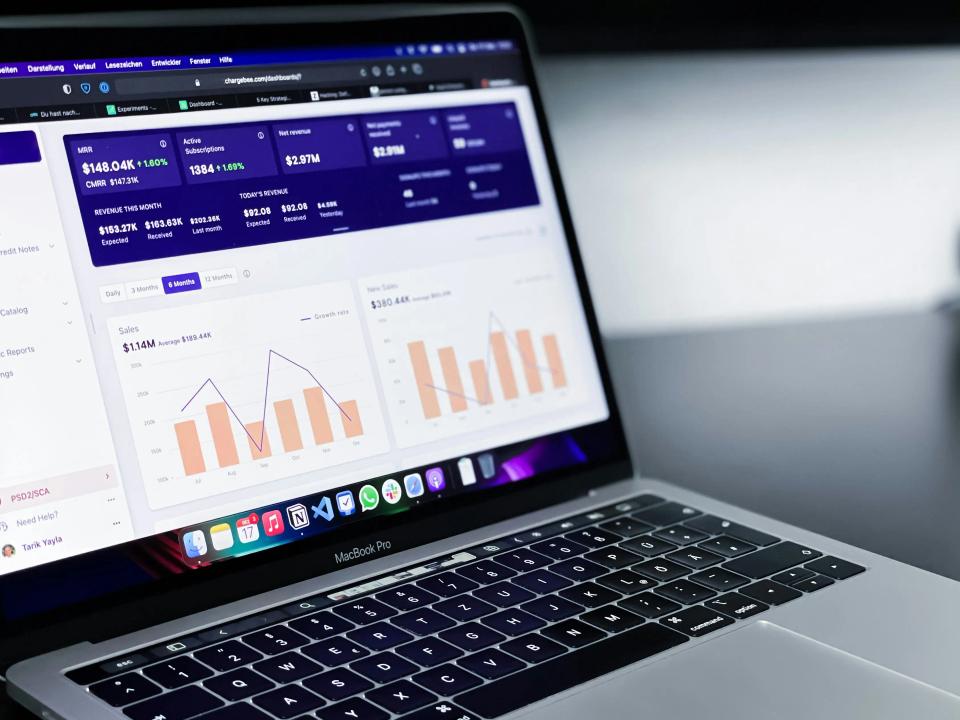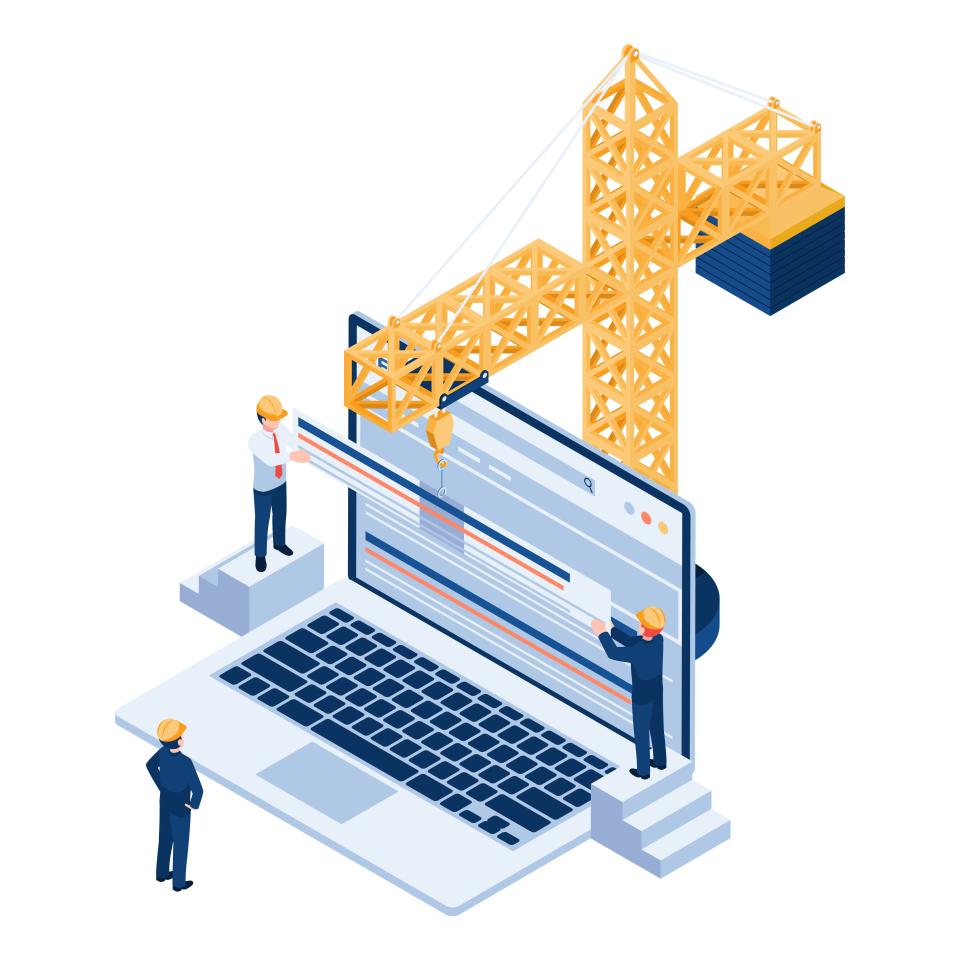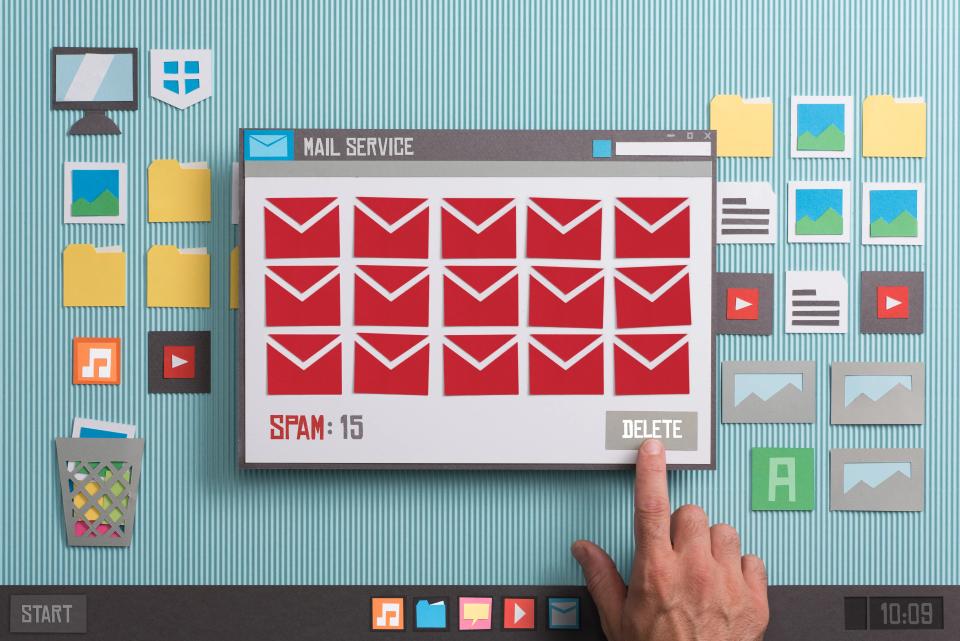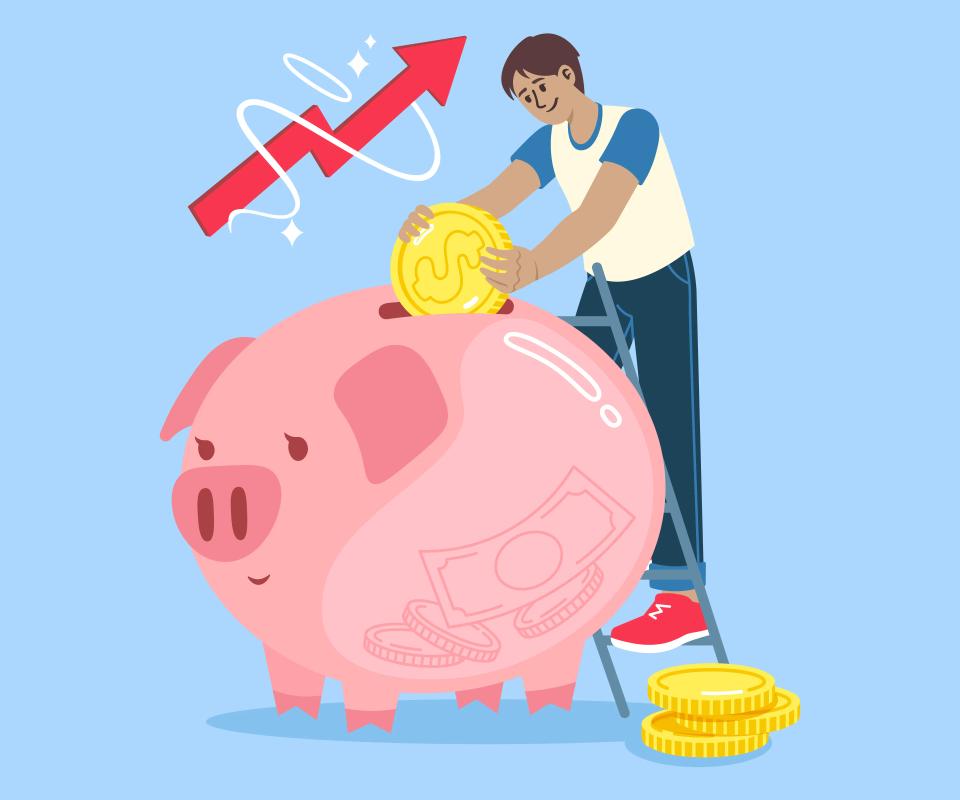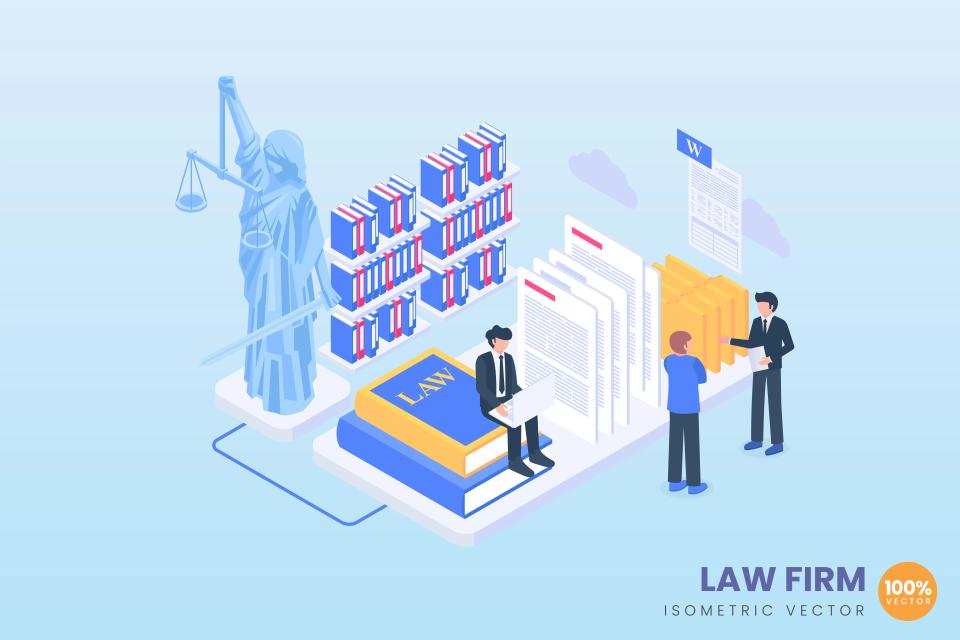Why A/B Testing is a Non-Negotiable for Modern Marketers
Let's be blunt: in today's digital landscape, marketing without testing is like navigating a minefield blindfolded. You might get lucky, but the odds are stacked against you. A/B testing replaces dangerous intuition with undeniable proof, allowing you to make critical decisions based on real, observable user behavior.
The primary goal, and the one that gets CFOs to sit up and listen, is the direct impact on your conversion rates. By methodically testing elements, you can identify and eliminate friction points, turning more curious visitors into committed customers. In fact, according to a study cited by Dynamic Yield, 77% of organizations perform A/B tests on their websites, proving it's a standard practice for a reason. It’s the engine that drives more leads, more sales, and more growth.
Beyond the bottom line, A/B testing is your secret weapon for enhancing the user experience (UX). By discovering what headlines, images, and calls-to-action truly resonate with your audience, you create a smoother, more intuitive journey for them. This not only reduces bounce rates but also builds brand affinity, making every dollar of your ad spend work harder and smarter. Ultimately, it reduces risk by allowing you to validate changes on a small scale before committing to a full, expensive rollout.
Your Step-by-Step Guide to a Successful A/B Test
Step 1: Research & Identify Your Goal
Every powerful A/B test begins not with a creative brainstorm, but with a deep dive into data. Assumptions are the enemy of profit. Instead, you must use tools like Google Analytics, heatmaps, and user surveys to find the bleeding points in your funnel. Look for pages with unusually high bounce rates or forms with dismal submission rates; this is where your treasure is buried.
Once you've identified a problem area, you must define a single, crystal-clear Key Performance Indicator (KPI) for your test. Trying to measure everything at once is a recipe for confusing, useless results. Your goal must be specific: are you trying to increase Click-Through Rate, boost Form Submissions, or drive more "Add to Cart" events?
This initial phase is about harnessing data-driven insights to enhance website UI/UX and pinpointing the exact metric you intend to move. Without this focus, your test is just a shot in the dark.
Step 2: Formulate a Strong Hypothesis
With a clear goal in hand, it's time to formulate a hypothesis. This isn't a wild guess; it's an educated, testable statement that outlines what you're going to change, what you expect to happen, and why you expect it to happen. A weak hypothesis leads to a weak test and even weaker learnings.
We use the simple but powerful "If-Then-Because" framework to structure our hypotheses, ensuring they are strategic and insightful. This framework forces you to justify your proposed change with a logical rationale, connecting the action to the expected outcome. According to Adobe, a strong hypothesis is a critical step toward a successful test.
Here is what a strong hypothesis looks like in practice:
If we change the CTA button text from 'Submit' to 'Get Your Free Quote', then form submissions will increase because the new text is more specific, value-oriented, and directly addresses user intent.Step 3: Choose Your Variable & Create a Variation
The golden rule of A/B testing is deceptively simple: test only one variable at a time. If you change the headline, the button color, and the main image all at once, you'll have no idea which change was responsible for the result. This discipline is what separates professional optimizers from amateurs.
Common elements to test on your website or landing page include headlines, subheadings, call-to-action text, images, and form length. For your ads, you might test the ad copy, the creative, or the headline. In your emails, the subject line is a classic and powerful variable to test for improving open rates.
The key is to create a variation that is meaningfully different from the control, based on your hypothesis. For a deeper look at what to test, our guide on effective conversion optimization for design and content offers dozens of actionable ideas.
Step 4: Select Your Tools & Configure the Test
You don't need a data science degree to run an A/B test. A host of powerful and user-friendly platforms exist to do the heavy lifting for you. Tools like Google Optimize (though sunsetting, its principles live on in Google Analytics 4), Optimizely, and VWO are industry standards for website testing.
Many of the platforms you already use have robust testing features built right in. Google Ads, Facebook Ads, and LinkedIn Ads all provide native tools to test different ad creatives and copy against each other, making it easy to optimize your campaigns directly.
Choosing the right software is crucial, and our overview of technical optimization tools every digital marketer should use can help you build the perfect tech stack for a data-driven strategy.
Step 5: Run the Test & Ensure Statistical Significance
Once your test is live, the hardest part begins: waiting. It can be tempting to call a winner the moment one variation pulls ahead, but this is a catastrophic error. Early results are often misleading and driven by random chance, not true user preference.
You must run your test long enough to collect a sufficient sample size and reach statistical significance. In simple terms, statistical significance is the level of confidence—usually 95% or higher—that your results are not a fluke. As experts from Unbounce explain, running a conclusive A/B test requires patience to ensure the data is reliable.
Don't end the test prematurely. Let it run for a full business cycle (at least one week is a good rule of thumb) to account for daily fluctuations in user behavior.
Step 6: Analyze the Results & Draw Conclusions
When the test concludes, it's time to declare a winner—or acknowledge a draw. Look first at your primary KPI. Did the variation outperform the control by a statistically significant margin?
But don't stop there. Dig into secondary metrics as well. Did the winning variation for sign-ups also affect time on page or bounce rate? Sometimes a change can have unintended consequences, and a complete analysis provides a richer story.
Whether your hypothesis was proven correct or incorrect, you have gained an invaluable insight into your audience's behavior. Both outcomes are wins because they provide concrete data to inform your next move. This is the core of leveraging analytics for continuous website optimization.
Step 7: Implement the Winner & Iterate
If you have a clear winner, the next step is to implement it fully. Push the winning variation live so that 100% of your audience benefits from the optimized experience. Your job, however, is not done.
Document your findings meticulously. What did you test? What was the result? What did you learn? This repository of knowledge becomes a goldmine for your marketing team, preventing you from re-testing the same failed ideas and inspiring new, smarter hypotheses.
Conversion optimization is not a one-time project; it's a continuous cycle of improvement. Use the insights from this test to fuel the hypothesis for your next one, building a powerful engine of incremental growth.
A/B Testing Strategies: Avoiding Common Mistakes
Even the most well-intentioned A/B tests can be derailed by common mistakes. The most classic error is testing too many things at once. This turns your simple A/B test into a complex multivariate test, making it nearly impossible to pinpoint what change drove the result.
Another frequent pitfall is ending the test too soon. Marketers, driven by an urge for quick wins, often make decisions based on incomplete data, ignoring the critical principle of statistical significance. According to Mida.so, a defined timeframe and sufficient sample size are non-negotiable for valid results.
Finally, many marketers give up after one or two inconclusive tests. They conclude that "testing doesn't work for us." This is a failure of mindset. A test that doesn't produce a winner still provides a valuable lesson: that particular change did not matter to your audience. That knowledge saves you from implementing a useless "improvement" and allows you to focus your energy elsewhere.
From Theory to Practice: A/B Testing Scenarios
Let's see how this framework applies in the real world. Imagine an e-commerce store struggling with high cart abandonment. They could use A/B testing to pit their multi-step checkout process against a streamlined single-page checkout, with the goal of increasing completed purchases. This is a perfect example of using innovative A/B testing techniques for e-commerce to solve a costly problem.
Consider a B2B company whose goal is lead generation. They could test a landing page with a short, simple contact form against a version with a more detailed form. The hypothesis might be that the longer form will generate fewer but higher-quality leads, a crucial insight for their sales team.
In the world of paid search, a Google Ads manager could test two different headlines. One might focus on a discount ("20% Off All Services"), while the other focuses on a benefit ("Save 10 Hours a Week"). The winning ad, determined by which one achieves a higher click-through rate, can then receive the majority of the ad budget, maximizing campaign ROI.
Build a Culture of Optimization
We've journeyed from identifying a problem to implementing a data-backed solution. The 7-step framework—Research, Hypothesize, Create, Configure, Run, Analyze, and Iterate—is your roadmap to repeatable success. It transforms marketing from an art of guesswork into a science of results.
By consistently testing, learning, and improving, you do more than just increase a conversion rate. You build a powerful, self-sustaining engine for growth that touches every part of your digital presence. You create a culture of optimization where every decision is challenged and validated by the only opinion that truly matters: your customer's.
Ready to unlock your campaign's full potential? At CaptivateClick, our conversion optimization experts use proven A/B testing strategies to deliver measurable results for our clients. Contact us today for a free consultation and let's start building a winning digital strategy together.






